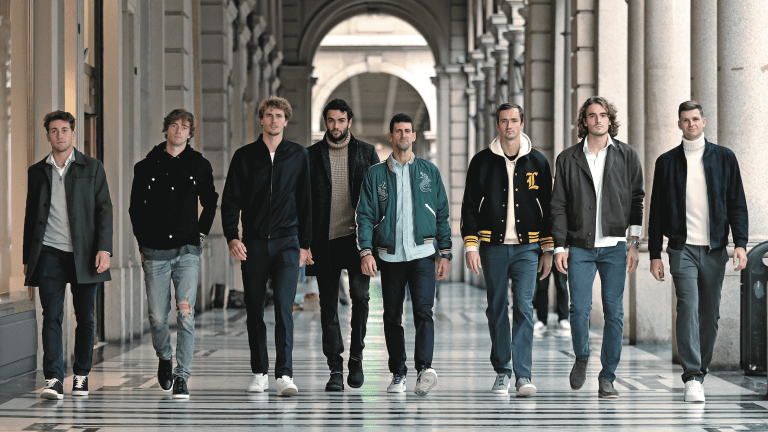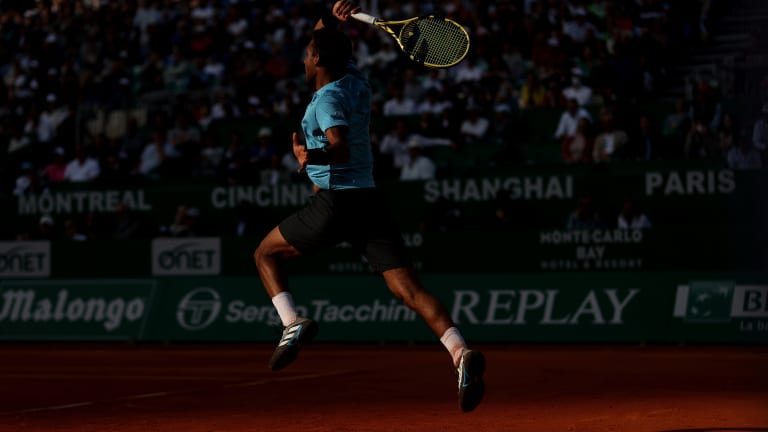The Big Three era may finally be drawing to a close, and a new era is getting underway. Should fans be excited, or worried, about what’s to come?
By Apr 22, 2022pickleball
The Process: How Jessie Irvine took her tennis game to the pickleball court
By Nov 07, 2023pickleball
A trip through California’s courts reveals plenty about pickleball’s inviting and intoxicating culture
By Nov 07, 2023pickleball
PBTV Primer: What to watch for when tuning into pickleball
By Nov 07, 2023S-Hertogenbosch, Netherlands
Alexandrova, Kudermetova to meet in all-Russian women's Den Bosch final
By Jun 17, 2023ATP Stuttgart, Germany
Seeds Frances Tiafoe, Hubert Hurkacz, Lorenzo Musetti move into Stuttgart quarterfinals
By Jun 14, 2023Facts & Stats
Stat of the Day: Gael Monfils battles to first tour-level win of injury comeback at Roland Garros
By May 30, 2023S-Hertogenbosch, Netherlands
Venus Williams to play first match since January at 's-Hertogenbosch grass-court tournament
By May 30, 2023Roland Garros
Three Chinese men play at French Open, the country's first male entrants in Paris since 1937
By May 29, 2023Facts & Stats
Stat of the Day: Novak Djokovic is now 19-0 in his career in first-round matches at Roland Garros
By May 29, 2023The Big Three era may finally be drawing to a close, and a new era is getting underway. Should fans be excited, or worried, about what’s to come?
After two decades of ATP hegemony, "next" has become "now."
Published Apr 22, 2022
Advertising
Advertising

Novak Djokovic remains No. 1, but his competition has risen significantly of late.
Advertising

No match may have represented this time of transition better than this year's Indian Wells semifinal between Rafael Nadal and Carlos Alcaraz. Rafa managed to hold off the surging teen, but Alcaraz appears ready to carry on his countryman's legacy of Spanish excellence and willful exuberance.
© 2022 Getty Images
Advertising
Advertising

Felix Auger-Aliassime has “the style to attract fans who haven’t come to tennis before.”
© Getty Images
Advertising
Advertising

Roger Federer hasn't played since last summer, but he remains the face of a golden era in men's tennis—and will be nearly impossible for anyone to live up to.
© Getty Images